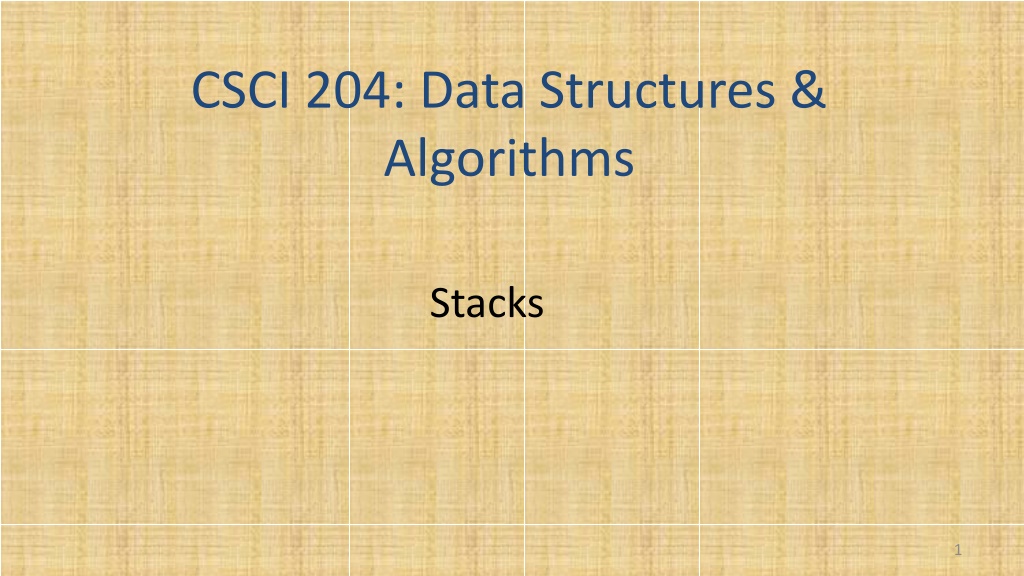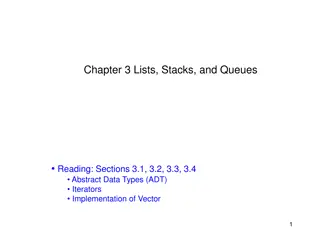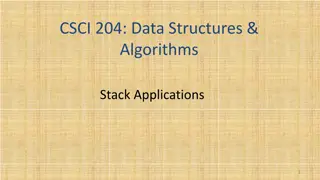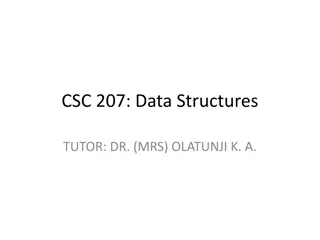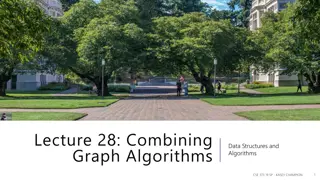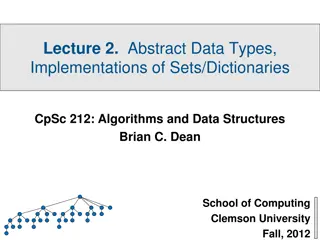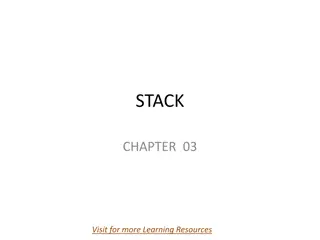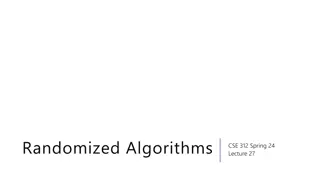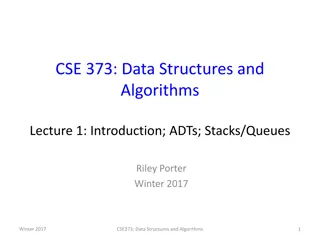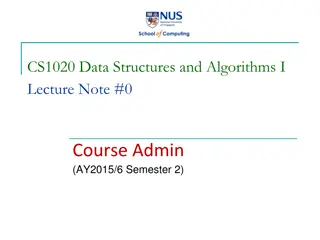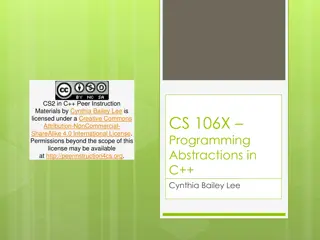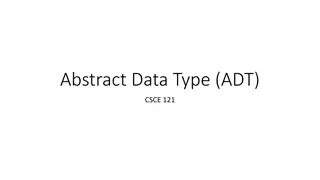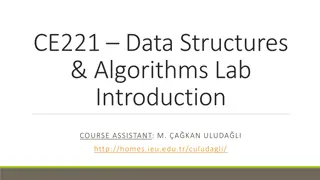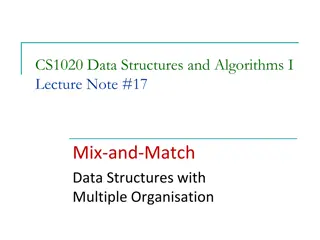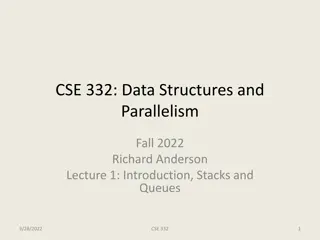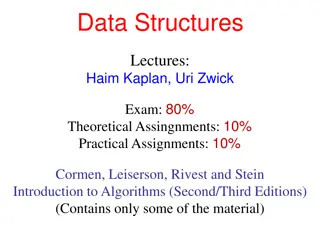Introduction to Stacks in Data Structures and Algorithms
Stacks are a fundamental data structure in computer science, providing a last-in, first-out (LIFO) protocol. They are essential for solving various problems, such as palindrome detection, pathfinding, and evaluating math expressions. This content explores the concept of stacks, their applications, and examples of solving problems using stacks.
Download Presentation

Please find below an Image/Link to download the presentation.
The content on the website is provided AS IS for your information and personal use only. It may not be sold, licensed, or shared on other websites without obtaining consent from the author.If you encounter any issues during the download, it is possible that the publisher has removed the file from their server.
You are allowed to download the files provided on this website for personal or commercial use, subject to the condition that they are used lawfully. All files are the property of their respective owners.
The content on the website is provided AS IS for your information and personal use only. It may not be sold, licensed, or shared on other websites without obtaining consent from the author.
E N D
Presentation Transcript
CSCI 204: Data Structures & Algorithms Stacks 1
Stacks Revised based on textbook author s notes.
Stacks A restricted access container that stores a linear collection. Very common for solving problems in computer science. Provides a last-in first-out (LIFO) protocol.
The Stack New items are added and existing items are removed from the top of the stack.
Why stacks are useful? Many computer science problems (and real life problems) are solved using stacks. We ll touch a few here. Determine if a string is a palindrome Find paths among a set of cities Evaluate math expressions
The palindrome problem A palindrome is a string that reads the same in forward and backward Here is a list of palindrome http://www.palindromelist.net We saw the solution recursion before A Toyota s a Toyota. Civic Go dog. Tell a ballet.
We can also solve the problem using stacks Given a string s, put the sting into a stack, then take the one on stack out in order (LIFO). If the two are the same, it is a palindrome! Original string In-stack Output civic civic civic Yes godog godog godog Yes olleh olleh hello No
The Stack ADT A stack stores a linear collection of items with access limited to a last-in first-out order. Adding and removing items is restricted to the top of the stack. Stack() is_empty() len() pop() peek() push( item ) 8
Stack Example reverse.py # Extracts a collection of integer values from the user # and prints them in reverse order. from list_stack import Stack #from pyliststack import Stack PROMPT = "Enter an int value (<0 to end): " my_stack = Stack() # Extract the values and push them onto a stack. value = int(input( PROMPT )) while value >= 0 : my_stack.push( value ) value = int(input( PROMPT )) # Pop the values from the stack and print each. while not my_stack.is_empty() : value = my_stack.pop() print( value )
Stack Implementation Several common ways to implement a stack: Python list easiest to implement Linked list better choice when a large number of push and pop operations are performed.
Activity Implement the Stack ADT in two different ways Using a singly linked list Using a Python list
